
Review on Arduino Vidor 4000 Controller Board by Terrance Fisher

Mixed results - not quite sure what purpose this board serves
It's too early for this board. Examples and resources are somewhat limited. If you want to work directly with the FPGA, you need to install and use Quartus in addition to the Arduino IDE and develop your own SPI code to make the FPGA communicate with the processor. The process of setting bitstreams is a bit complicated. The Arduino developers intend to provide pre-made templates that can be downloaded, but I haven't seen or used any of them yet. Although I learned a lot from working with the board and was able to build a simple frequency counter, I decided to switch to the Zynq board. If you do Arduino projects you probably don't need this, if you want to learn about FPGA there are better options.
- A simple interface between a microcontroller and an FPGA in software.
- Appearance
New products
Comments (0)
Top products in 🖥️. Single Board Computers
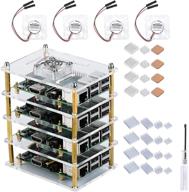
GeeekPi Raspberry Pi Cluster Case with Cooling Fan and Heatsink for Pi 4 Model B, 3 Model B+ & 3/2 Model B

11 Review
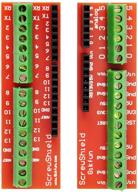
Gikfun Screw Shield Expansion Board: Enhance Arduino UNO R3 with the EK7007 Add-On

11 Review
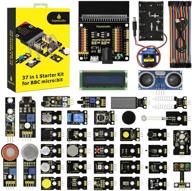
🎁 Ultimate BBC Micro bit Sensor Starter Kit: Keyestudio 37-in-1 Box with Tutorial, Compatible with V1.5 & V2, Gift for Kids and Adults (Microbit Board Not Included)

11 Review
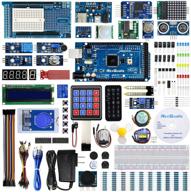
REXQualis Comprehensive Starter Kit with Arduino MEGA 2560 & Detailed Tutorial for Arduino IDE Compatibility

11 Review
Another interesting products
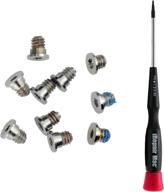
MacBook Retina 13-inch (A1425, A1502) and 🔩 15-inch (A1398) Bottom Case Screw Set with Pentalobe Screwdriver

11 Review
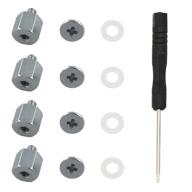
M.2 Screw Kit: Easy Mounting for NVMe SSDs on ASUS Motherboards

19 Review
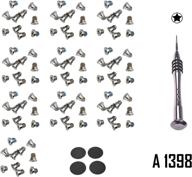
🔧 Premium Repair Replacement Screws & Tools for MacBook Pro Retina 15"/13" - Complete Bottom Case Set

10 Review
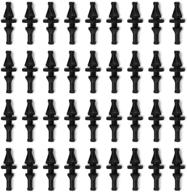
36-Pack Black Rubber PC CPU/Case Fan Screws/Rivets Set for Computer

11 Review

